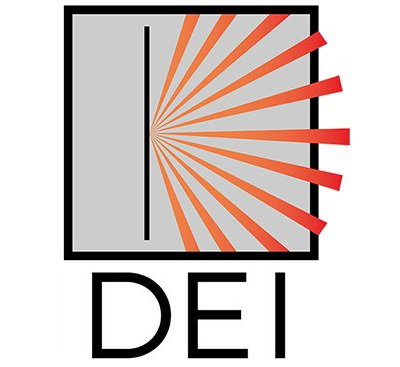Iodine and Fat Quantification for Differentiation of Adrenal Gland Adenomas From Metastases Using Third-Generation Dual-Source Dual-Energy Computed Tomography.
Abstract
OBJECTIVES:
The aim of this study was to investigate the value of third-generation dual-source dual-energy computed tomography (DECT) iodine and fat quantification in differentiating adrenal gland adenomas from metastases.
MATERIALS AND METHODS:
Sixty-two patients (38 men and 24 women; mean age, 69.1 years) underwent clinically indicated DECT of the abdomen on a third-generation dual-source scanner. Examinations were retrospectively included due to detected adrenal masses. For each adrenal lesion, unenhanced and contrast-enhanced attenuation values, as well as dual-energy iodine density and fat fraction, were recorded. Additional magnetic resonance imaging data, positron emission tomography/computed tomography scans, interval imaging follow-up, and histopathological analysis were used as the reference standard for all adrenal lesions. Mean values of unenhanced and contrast-enhanced attenuation, as well as material densities, were compared between adenomas, metastases, and normal adrenal glands. Furthermore, the diagnostic accuracy of unenhanced, contrast-enhanced, and material density analysis was assessed between adrenal adenomas and metastases.
RESULTS:
Adrenal adenomas showed significant differences regarding iodine density and fat fraction values (1.3 ± 0.4 mg/mL and 34.2% ± 12.6%) in comparison with adrenal metastases (3.2 ± 1.4 mg/mL and 10.7% ± 7.8%) and normal adrenal glands (1.7 ± 0.6 mg/mL and 18.7% ± 12.0%) (all P ≤ 0.004). Analysis of unenhanced attenuation values revealed no significant differences between healthy adrenal parenchyma (19.1 ± 15.6 HU) and adrenal metastases (26.9 ± 16.2 HU) (P = 0.135). Iodine density and fat fraction analysis showed significantly higher diagnostic accuracy for the diagnosis of adenomas (sensitivity, 97% and 89%; specificity, 96% and 89%, respectively) compared with unenhanced and contrast-enhanced evaluation (sensitivity, 65% and 58%; specificity, 73% and 85%, respectively) (P ≤ 0.023). The combined diagnostic value of iodine density and fat fraction analysis revealed a sensitivity of 97% and a specificity of 100%.
CONCLUSIONS:
Third-generation dual-source DECT iodine and fat quantification allow for differentiation between adrenal adenomas and metastases with high diagnostic accuracy.
